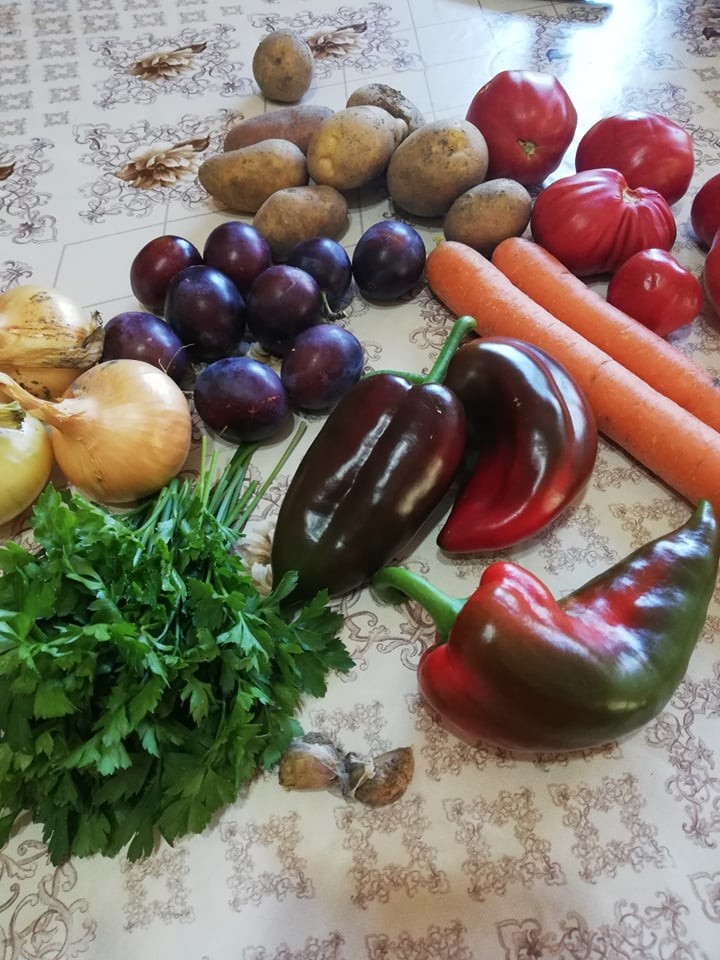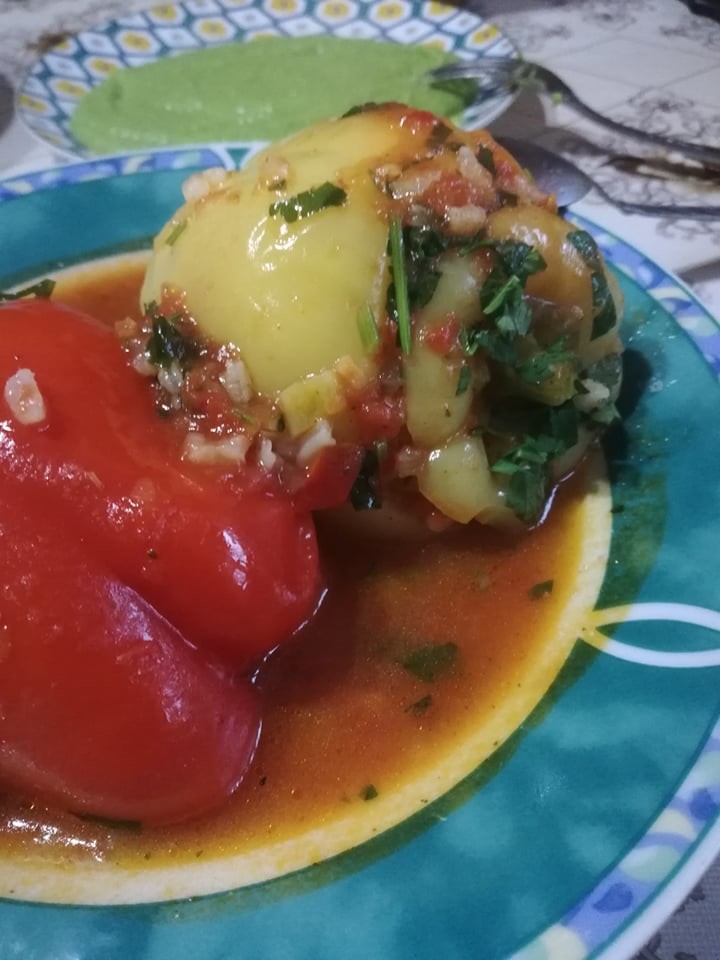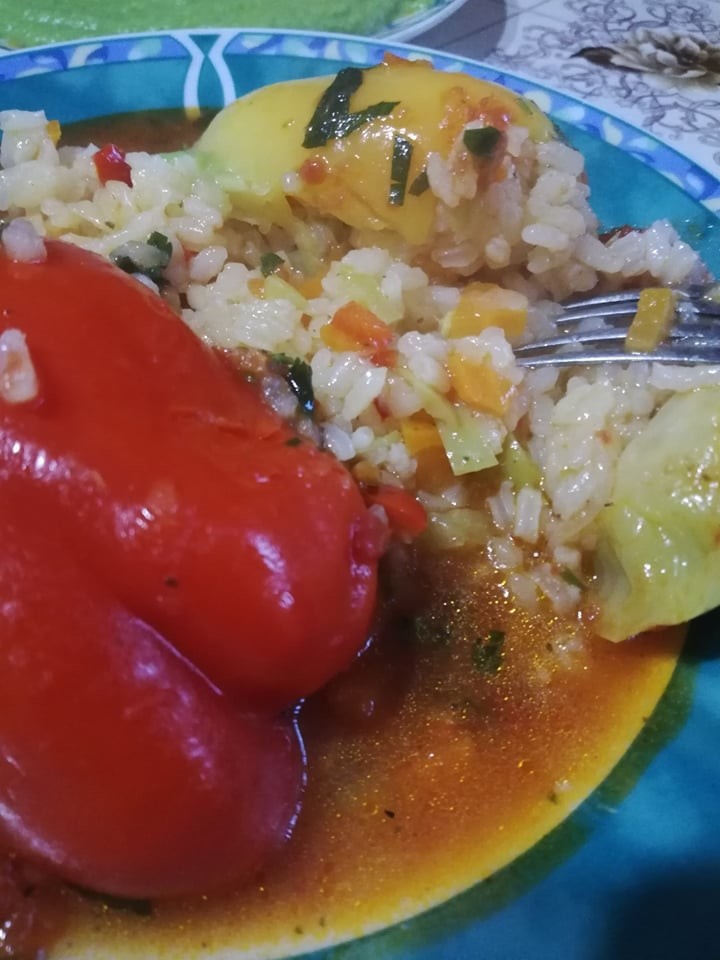10 vegan traditional Romanian foods that you should try when you visit our country
If you asked a Romanian that had left the country for some time what he is missing the most about Romania, the answer would probably be the food, “our delicious food”. And yes, it is true, I was in the same situation during my Erasmus mobilities. I was thinking about how good the Romanian food is and also how cheap and fresh the fruits and vegetables are.

I am a vegan, so my options when it comes to food or eating out are less in comparison with a human “eating a normal diet”. In regards to this, Romania’s food offers a large variety of vegan and vegetarian options that are either originally vegan or purposly transformed to be plant based from the original recipes.
The fasting period, a delight for vegans
An Orthodox tradition in Romania sets up a few periods over the year known as “posturi” meaning fasting, when people are eating plant based and are avoiding every foods coming from animals. These main seasons are happening before the important Christian holidays such as Easter or Christmas. The fasting before Easter is the longest one including 40 days of fasting. Apart from these periods, usually people are fasting on the days of Wednesday and Friday.
If you are a vegan I recommend you to plan your trip in Romania over the fasting days because it will be much easier to find plant based foods. Also, if Romanians are not understanding what a vegan meal or food is all about, you should say to them that you want something “de post” and they will get it for sure.
Thus, be careful that honey is not considered an animal product -I don’t know and understand why- so due to this some foods labeled as “de post” might contain honey.
When I think about this Romanian Orthodox tradition I feel very lucky regarding the foods that I can find in Romania.
Are the traditional foods actually original?
Over the years I have met lots of people coming from different countries and regions of the world and, of course, at some point we got to the discussion of traditional food. I had come to a conclusion that there are a few traditional items originating in specific locations and that actually most of the foods and recipes we eat and follow are common in each country with small variations of the ingredients.
Humans have travelled since a long time ago and they had come and go from place to place bringing their entire culture including the food with them. A thing is certain, every nation is proud of a few specific foods and drinks which they consider originating from the region they inhabit.
The next vegan foods I write about I recommend everybody to try if they are visiting Romania. On one hand, some of the recipes are vegan to start with, meaning that the ingredients were not modified in order for the final product to be vegan and, on the other hand, a few foods had been transformed in order to be plant based and vegan friendly.
Cooked foods
1. Zacusca, the vegetable spread
“Zacusca” is an appetizer made especially in the autumn season when the harvest is rich in fresh vegetables - the main and most important ingredient of this recipe -.
“Zacusca” is a spread consisting in vegetables baked in oil, the main veggie being the roasted eggplants, red peppers and onions. Thus, the recipe can be found in different variations of taste given by adding other ingredients such as mushrooms, unripe tomatoes, carrots, zucchini...
In our family my mother always prepares “zacusca” in the autumn time with fresh vegetables from our garden. When she is cooking “zacusca” the entire house and neighbourhood smells so tasty. The dish is cooked in a very large pot and after that “zacusca” is put into glass jars to be stored for the winter. The recipe came out from the need of preservation of fresh summer vegetables during the cold season when the greens cannot be found easily.
As a fun fact you should know that the food “zacusca” is the food of the students because almost every student has the spread in the fridge’s dormitory given by its parents or grandparents as a sustainable food and is labeled by the students as an “emergency” food when the fridge is getting empty.
You can find jars of “zacusca” in any supermarket or in the restaurants with traditional Romanian cuisine. The spread is perfect served on fresh bread.
Now I am not sure if the recipe originates from Romania, since there are a few similar preparations in the other Balkan countries. Anyway, “zacusca” is one of my favorite Romanian food and I think everybody would like it, I mean, there is no reason not to like such deliciousness.
2. Fasole bătută
“Fasole bătută” is a white bean dip served also as a cold appetizer. The dish consists in a white bean puree similar in texture with hummus and topped with sweet caramelised onions and tomatoes. Because the dish is made out of bean which contain a lot of protein, the “fasole bătută” is a very filling and satisfying meal.
The dip can be served alone or spread on some fresh bread and if you feel like the dish is a bit too heavy, it is better eaten with a good hand full of pickles.
“Fasole bătută” can be found in supermarkets and in restaurants that have traditional food.
3. Salată de vinete (eggplant salad)
I am finishing this list of appetizers with the one and only “salată de vinete”, a spread made out of roasted eggplants and onions. It is especially cooked in the autumn when such vegetables are in season. Being a simple dish, it is served as a starter alongside with slices of bread.
It can be found in the supermarket and restaurants with Romanian specific foods. The spread is creamy and has a taste of smoky but delicious eggplants.
4. Stuffed peppers with rice
This recipe is not originally vegan because it contains minced meat, but during the fasting period Romanians have came to a solution of making this delicious recipe plant based. The dish is also made mainly in the fall time when the peppers are in season, but it can be done all year around.


The peppers are stuffed with white rice and vegetables such as onions, carrots and, of course, mushrooms, and then boiled until they are cooked and soft. The meal can be served alone, being consistent and filling. You cannot find the stuffed peppers in the supermarkets, but in restaurants for sure or you can make it by your own since the recipe is quite simple.
5. Sarmale “de post”
This is another type of food of which the ingredients had been replaced in order for the dish to be plant based. Originally, the recipe contains minced meat, but “sarmale” as well as the stuffed peppers can be filled with a combination of white rice and vegetables. The specific taste is given by the pickled cabbage in which the mix of rice is rolled.
The Romanians are very proud of this dish, which they consider to be an original and traditional recipe. “Sarmale” are cooked mostly in the period around main holidays such as Christmas or Easter, the dish being served as a main traditional meal. The Romanians cannot eat theirs “sarmale” without the “mămăliga”, a cornmeal porridge-like.
The best “sarmale” are eaten warm with a slice of hot cornmeal. The dish is one of the most known food and if you ask a romanian to give an example of a traditional food belonging to its country the first thought and answer would probably be “sarmale”.
Sweets and snacks
Apart from the cooked foods, there are also some sweets and snacks vegan or vegetarian friendly.
6. Salam de biscuiți (chocolate salami)
Translated as “salami of biscuits” the sweet I am talking about is also one of my favorite, being as far as I know originally vegan to start with. At first, I thought that “salam de biscuiți” is a traditional Romanian recipe until I have met other international people with whom I shared the sweet under the label of Romanian food and got the response “hey, we make this recipe in our country too! ”.

The reason why I considered the recipe coming from Romania is maybe due to the fact that in the country there are many versions of it packaged and sold as small sweet snacks in almost every supermarket or small store.
Anyway, the chocolate salami is a sweet made out of biscuits, which are the base, cocoa or melted chocolate and optional are added raisins, Turkish delight and coconut flakes.
You can find “salam de biscuiți” very easily in the supermarkets and the price is quite cheap. If you want to go a bit fancier, you can order this in a restaurant too or in a cafeteria.
7. Găluște cu prune (plum dumplings)
Since foods follow the season as you can probably notice from all of the recipes I wrote about in the above, “găluște cu prune” is also a recipe prepared especially in the autumn when the plums are getting ripe. The main ingredients of the sweet are the potatoes and the plums.
The sweet is shaped into dumplings, at the interior is placed the plum which is covered afterwards by the dough made out of potatoes, flour and sugar. Even if it sounds like the ingredients are not a good match, trust me, the taste of the dumplings is delicious and the texture of the dough is creamy and soft complementing the sweetness of the plum.
"Găluște cu prune" can be found in restaurants, bakeries and cafeterias.
8. Eugenia
“Eugenia” sandwich biscuits are dating back to the year 1940 when the factory with the same name started to produce them. This sweet snack is also associated especially by the elder people with the communist period when “Eugenia” was, due to the lack of other type of desserts, Romania’s favorite sweet.
After 1989, when the communist regime finished, “Eugenia” became even more famous also because Romanians shared the sweet with foreigners presenting it as an autochthonous product that kept its flavour over the years.
Today there are many different producers of the “Eugenia” and a large variety of flavours, but the best one is still the original one with crispy biscuits and a delicious filling of cocoa and rum.
The sandwich biscuits can be found it the supermarkets and grocery stores.
9. Covrigi (Romanian pretzels)
I have been to many countries and I got the chance to taste various types of pretzels and I was always disappointed of the taste and feeling I got because the pretzels didn’t tasted as good as our “covrigi”.
I am not trying to be subjective now, but I have came to a conclusion that our “covrigi” are the best and so tasty and when I was away from my country for a long period of time I was always like “ohh, I want one pretzel, but a good one like a 'covrigi'”.
“Covrigi” are similar in shape with the German pretzels for example, but the taste is so much different. The taste is not slightly sweet as the German pretzels are, but rather only salty and topped up with sesame seeds or poppy seeds.
In Romania you can find “covrigi” on the many street patisseries that we have, but the best pretzels are found in Gara de Nord - Bucharest North Railway Station - at the patisserie called “Polen”. Give it a go while you are here next time.
10. Pufuleții
Last but not least I have to finish up this list of vegan Romanian foods with another simple, but good snack produced and served in my country: “pufuleții”.
“Pufuleții” is a salty corn-puff snack that is very light and natural, including 3 basic ingredients such as maize grits, salt and a tiny bit of vegetable oil.
“Pufuleții” as well as Eugenia are probably the most famous and known Romanian snacks that have lasted over the years and generations. My favorite brand is Gusto. If you are coming to Romania I recommend you to search for this name of pufuleții in the supermarkets and grocery stores.
I have tried pufuleții in different countries of Europe, but they had a very bad taste, not even closer to the taste of our corn puffs.
Photo gallery
Content available in other languages
Want to have your own Erasmus blog?
If you are experiencing living abroad, you're an avid traveller or want to promote the city where you live... create your own blog and share your adventures!
I want to create my Erasmus blog! →







Comments (0 comments)